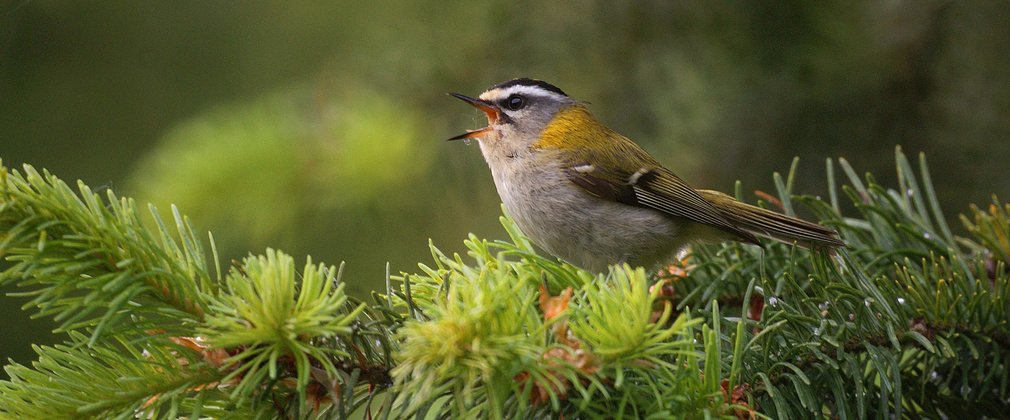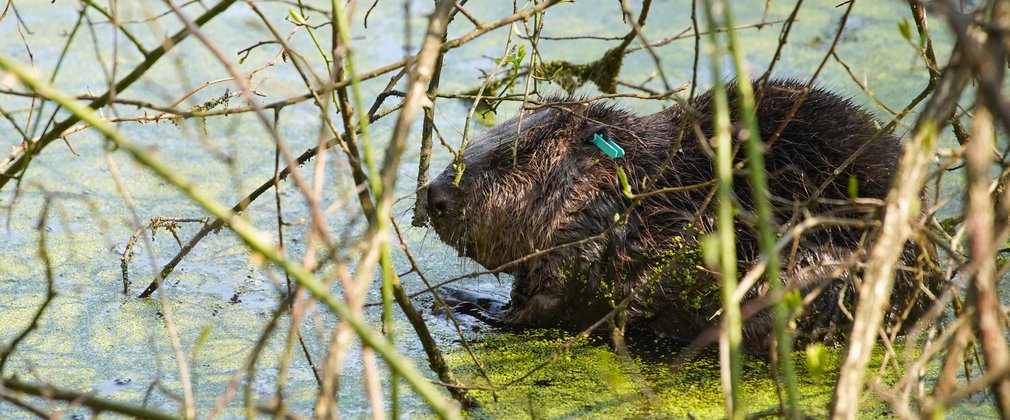
On 17 April 2019, two adult beavers from Scotland were released into an enclosure in Cropton Forest, North Yorkshire as part of a five-year scientific trial. Find out more and discover what the beavers have been up to recently.
Latest news
June 2021: More fantastic news! We are excited to welcome two new arrivals to the colony. The baby kits are settling in well, and the now family of eight are continuing their daily dam building activities.
January 2021: The beaver family is bigger than we thought! Now confirmed, the Cropton Forest parents had two kits in summer, not one as previously thought. Ecologist Cath Bashforth explains: “I had suspicions, but it took a while to get two kits visible on the same camera clip!" This latest news makes them a family of six.
July 2020: We are delighted that the beavers have become parents again! The pair already have two kits from last summer, who are mucking in and helping bring up the baby. Video captured at the beaver site shows the new arrival settling in with the family.
Why Cropton Forest?
The communities downstream from Cropton Forest have suffered severe flooding in the last twenty years, with the most serious flood in 2007 causing approximately £7 million in damage to homes and businesses. Man-made dams have already been helping to reduce flooding, however they are are expensive and time-consuming to look after.
As a follow on to the 'Slowing the Flow' project to reduce flooding in the area, two beavers were released into a secure area to maintain the existing dams and create their own. As the first project of its kind, we're very excited to see how the beavers interact with man-made structures already in place.
Cath, the leading Ecologist for the project, tells us what it means to her and the local community:
We’ve had a fantastic positive response to the beaver trial so far. Over 40 volunteers have put in roughly 500 hours surveying the site for different species. It will be exciting to see how the site changes over the next 5 years and how the beavers interact with the man-made dam features in the beck.
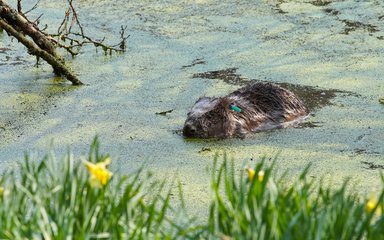
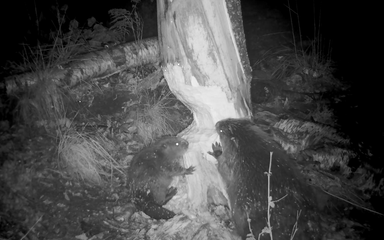
Beavers are brilliant architects
Beavers can completely change their surrounding habitats for the better. They build dams to restrict water flow creating ponds of deep water, coppice trees and shrubs and dig canal systems creating diverse wetlands. These can bring huge benefits to a wide range of plants and wildlife.
As well as benefiting wildlife, beavers help humans by creating large areas of water-retaining wetlands which reduces flooding downstream. They also help to clean water and reduce silt levels. With all these benefits to people and wildlife, it's fantastic to see beavers returning to our rivers in this trial project.
Working with the community
Making time for nature and spending time outside has been proven to improve your mental and physical health by the mental health charity Mind, so we're delighted to see the local community getting involved in the project and they are excited to be welcoming their new neighbours.
So far, volunteers have contributed over 500 hours of work and their help has been vital for the success of the project. They have been getting involved with everything from helping to prepare the area to surveying existing wildlife and plants.
One of the many wildlife volunteers, Joan Childs, tells us what the project means to her:
It's been a great privilege to be able to contribute in a small way to this exciting project, by helping with the Diptera survey of the release site. North Yorkshire will be richer for the dynamism that beavers bring back to wetland habitats.
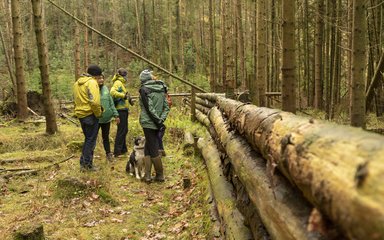

Local wildlife groups
The beaver release could potentially change the surrounding habitat for the better and alter local biodiversity so local wildlife groups have been on hand to volunteer. One local wildlife group 'The Pickering Forests Ringing Group', who have been monitoring the local bird population had this to say about the project:
Beaver habitats in North America and Europe are areas with a rich diversity of bird life. We're pleased to be part of the monitoring team conducting surveys of the current annual bird population and are looking forward to future monitoring where we hope to see an increase in species as a result of the habitat created by the beavers.
Local Butterfly Conservation member Graham Oliver, who has been volunteering on the trial, told us what it means to him:
I’m thrilled to be a volunteer in the Yorkshire beaver release trial. It will be fascinating to watch beavers in Yorkshire managing their own habitat and to witness the effect they have on local flood control and biodiversity.
Why do beavers build dams?
Watch the Cropton Forest beavers at work and find out how they build their dams.
